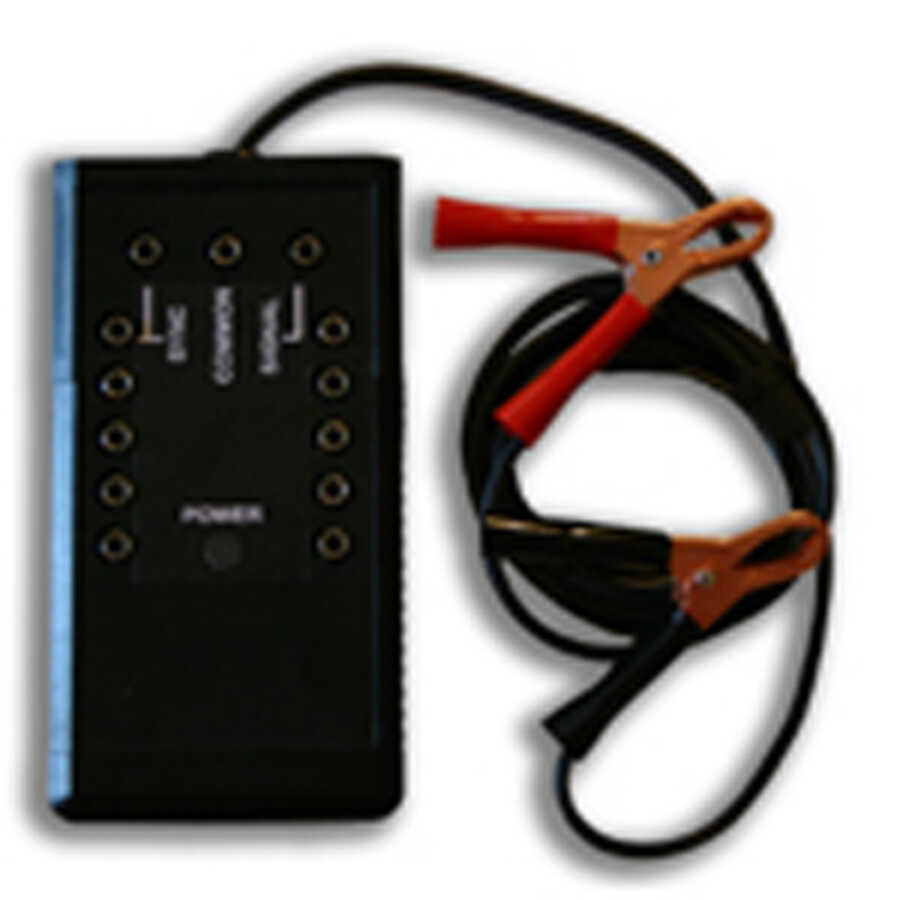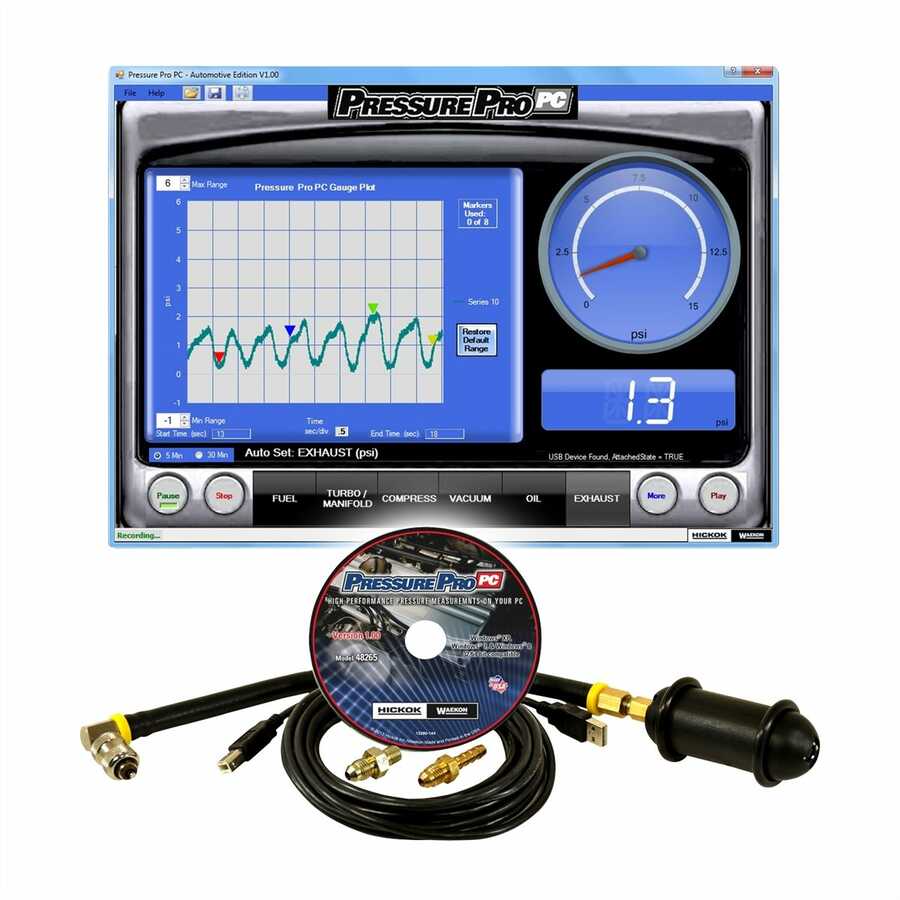Automotive Oscilloscope Tools: Essential Diagnostic Equipment
For the modern automotive mechanic, a sophisticated diagnostic approach often goes beyond simple multimeter readings. Oscilloscopes provide a detailed visual representation of electrical signals within a vehicle's complex systems. This allows for precise analysis of waveform characteristics, identifying issues like erratic sensor readings, faulty ignition systems, and problems within electronic control units (ECUs). Using an automotive oscilloscope allows for faster and more accurate diagnosis, leading to quicker repair times and improved customer satisfaction. The ability to view signal timing, amplitude, and frequency in real-time is invaluable when troubleshooting intermittent problems which can be difficult to diagnose with standard diagnostic tools. Proper use ensures efficient repair procedures, ultimately saving both time and resources.
These specialized tools are indispensable for tackling today's advanced vehicle electronics. They facilitate the identification of subtle electrical anomalies that might otherwise go undetected, preventing costly misdiagnosis. Automotive oscilloscopes are particularly useful when working on modern vehicles equipped with sophisticated electronic systems including CAN bus networks, fuel injection systems, and transmission control modules. The ability to capture and analyze these signals is essential for mechanics specializing in hybrid or electric vehicle repair.
Types of Automotive Oscilloscopes
- Digital Storage Oscilloscopes (DSO)
- Mixed Signal Oscilloscopes (MSO)
- Handheld Oscilloscopes
- Automotive-Specific Oscilloscopes
- PC-Based Oscilloscopes













Follow us on social media